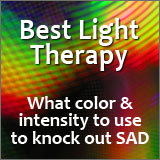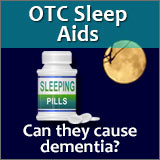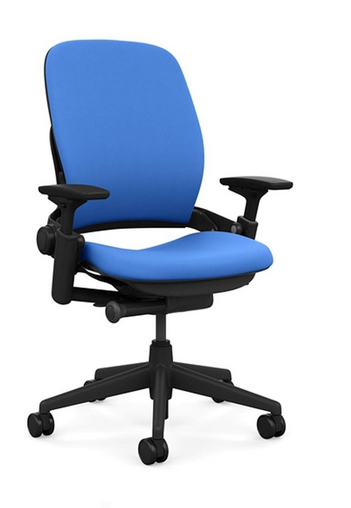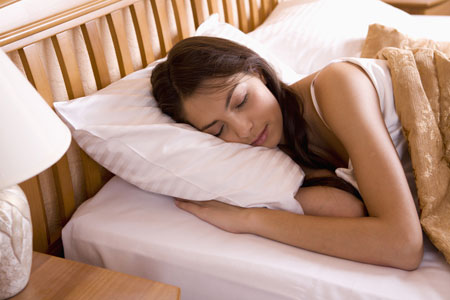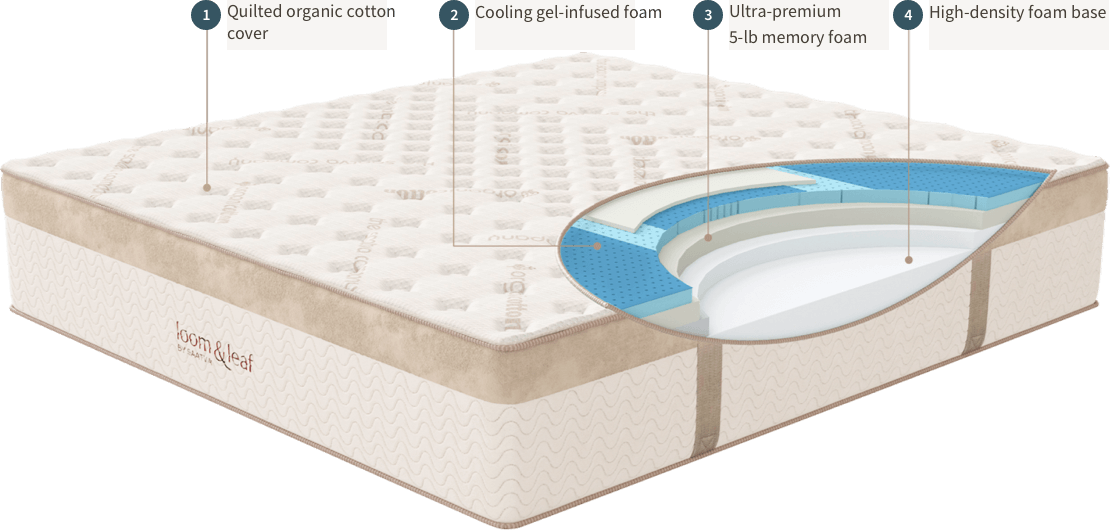19 Restless Leg Syndrome Symptoms. And 4 Official Criteria For Diagnosis...
People who suffer from restless leg syndrome symptoms describe sensations of tingling or crawling deep within their legs.
The technical terms for these sensations are paresthesia (abnormal sensations) or dysesthesia (unpleasant abnormal sensations).
Some say it's like swarms of ants are frantically marching up and down the insides of their legs. Or pins and needles are being stuck in the legs. Others describe pulling and throbbing.
Here's a long list of restless leg syndrome symptoms
Look at the list below and see what feelings others with restless legs syndrome (RLS) describe. And note, most of the time, restless leg syndrome symptoms are usually felt within the calves.
Not always though. The following signs of RLS can be felt in just about any muscle of any limb.
|
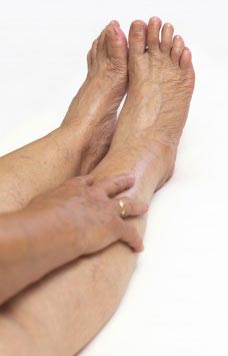 |
These symptoms of restless leg syndrome can be mild or severe and are extremely uncomfortable, although they aren't life threatening. The life threatening part comes when some people become so depressed about living with the disorder, they think suicidal thoughts.
In addition, pain is not usually a symptom of restless leg syndrome. However, for some people it can cause extreme pain.
The big problem is that people with restless leg syndrome symptoms feel an uncontrollable, maddening urge—a need—to move their legs.
Imagine having an itch...
...like a fresh, lumpy, mosquito bite...that just has to be scratched. It's almost impossible not to! But with RLS, it's an itch that just won't go away...until the person moves about.
This jittery urge to stand up and walk about often happens at night as the person is about to lie down for sleep. (I believe author Robert H. Yoakum coined the term "nightwalkers.")
However, the feelings don't always happen around bedtime. Just about any sitting, resting, or lying down seems to trigger the "creepy-crawly" sensations. Getting up and walking around helps to quell the agitated feeling in the legs.
What do restless leg syndrome symptoms do to the body and mind?
As you can imagine, as these "jumpy legs" urges come on, and the person feels like their legs demand them to "dance," it can make falling asleep and staying asleep extremely difficult.
Insomnia and daytime sleepiness are major negative consequences of restless legs syndrome.
In addition, due to the physical effects of sleep deprivation, people with RLS often report problems with jobs and personal relationships.
And daily activities that most people take for granted—like sitting in a movie theater, traveling in a car, flying in an airplane, or sitting in a meeting or classroom—can be a major challenge.
Their may also be problems with concentration. For some, as mentioned above, the effects of restless leg syndrome symptoms cause depression.
The memory can also be affected.
One simple question to ask for recognizing the symptoms of restless leg syndrome
In his 1999 book, The Promise of Sleep, sleep expert Dr. William Dement says that asking one simple question can quickly screen people for restless legs syndrome:
"This very important sleep disorder [RLS] could not be easier to spot. We simply ask, 'Do you have creepy, crawly feelings in your legs when you are sitting or lying that go away when you walk about and that are worse at night?' If the answer is yes, the answer will almost [always] be RLS."
A variation of this same question was used in a 2006 study. This single screening question showed an almost 100% accuracy in helping to identify individuals who might have RLS, if they answered yes to the following question:
"When you try to relax in the evening or sleep at night, do you ever have unpleasant, restless feelings in your legs that can be relieved by walking or movement?"
Let's say that you answer, "Yes, I do have these restless leg syndrome symptoms," when you are asked the above question.
If so, your doctor can further confirm a diagnosis of restless legs syndrome with the following information.
The 4 official criteria for helping to confirm a restless legs syndrome diagnosis
These criteria were established by the National Institutes of Health in a workshop with members of the International Restless Legs Syndrome Study Group.
The four criteria are:
- You have a strong
and often overwhelming urge to move your legs. This urge is usually
accompanied by the various unpleasant restless leg syndrome symptoms or
sensations I mentioned above.
- The urge to move
or the symptoms of restless leg syndrome are triggered or worsen when
you're inactive and resting...either lying down, sleeping, or just
sitting.
- Your restless leg
syndrome sensations are relieved, either partly or totally, with
movements. Activities such as stretching, walking, riding an exercise
bike, or shaking the legs. This relief continues as long as the movement
continues.
- Your restless leg syndrome symptoms and urge to move are worse at night. Also, they are either gone in the morning or are very slight.
So there you have it. I've just given you almost everything you need to know about recognizing restless leg syndrome symptoms. I hope it helps you realize that what you're feeling is not "all in your head."
References
- Restless Legs Syndrome, Robert H. Yoakum
- The Promise of Sleep, William C. Dement, M.D.,Ph.D.
- A single question for the rapid screening of restless legs
syndrome in the neurological clinical practice, European Journal of
Neurology 2007, 14: 1016–1021
- Restless legs syndrome: diagnostic criteria, special considerations, and epidemiology. A report from the restless legs syndrome diagnosis and epidemiology workshop at the National Institutes of Health. Sleep Med. 2003 Mar;4(2):101-19.
Here Are More Articles You Will Find Helpful
Restless Leg Syndrome Treatment: Women, Heart Disease, and Stroke
What Is Restless Leg Syndrome?
Return To Sleep Passport Home Page



